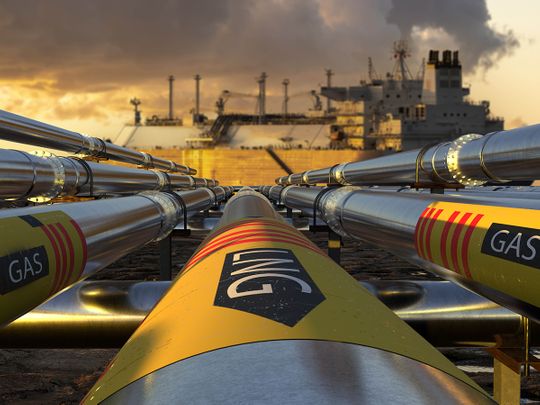There are a few ways to remove natural gas from the atmosphere, including flaring and venting. Flaring is when the gas is burned off instead of released into the atmosphere. Venting allows natural gas to escape from a pipeline without being burned off. You can also learn more about H2S and CO2 removal from natural gas by visiting this site: h2szero.com/services/h2s-removal/.

Image Source Google
Flaring and venting can release large amounts of methane, which is a potent greenhouse gas. Methane is also explosive, meaning that it can form explosive compounds when exposed to light or heat.
Therefore, it is important to choose the most appropriate method for removing natural gas from the atmosphere. Flaring and venting are two common methods, but there are others as well. Flaring and venting are two common methods, but there are others as well. When North Dakota's Bakken Shale Formation was first drilled for oil, the state adopted a policy that allowed flaring and venting to occur when "the volume of natural gas produced by exploration activities on public lands will not adversely affect air quality."
That plan worked for about six years, but it soon became clear that the source of natural gas leaking from wells was insufficient to meet the state's needs. As a result, flaring and venting began in earnest in 2011. Experts estimate that since then, approximately 1% of all natural gas produced in the Bakken Shale has been vented or flared into the atmosphere (EnergyWire).
